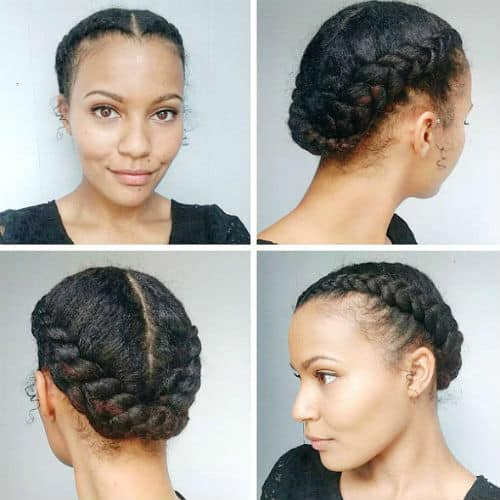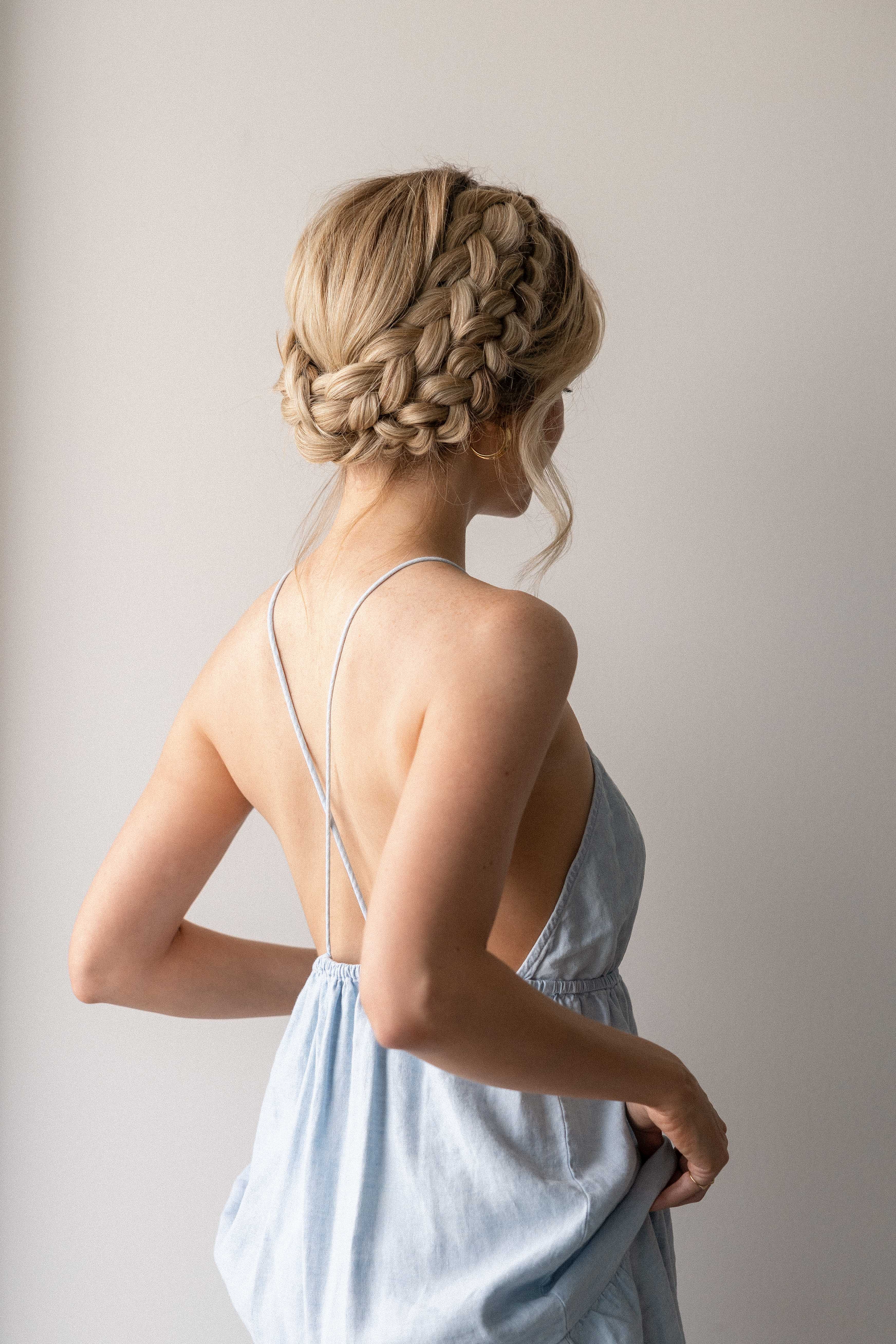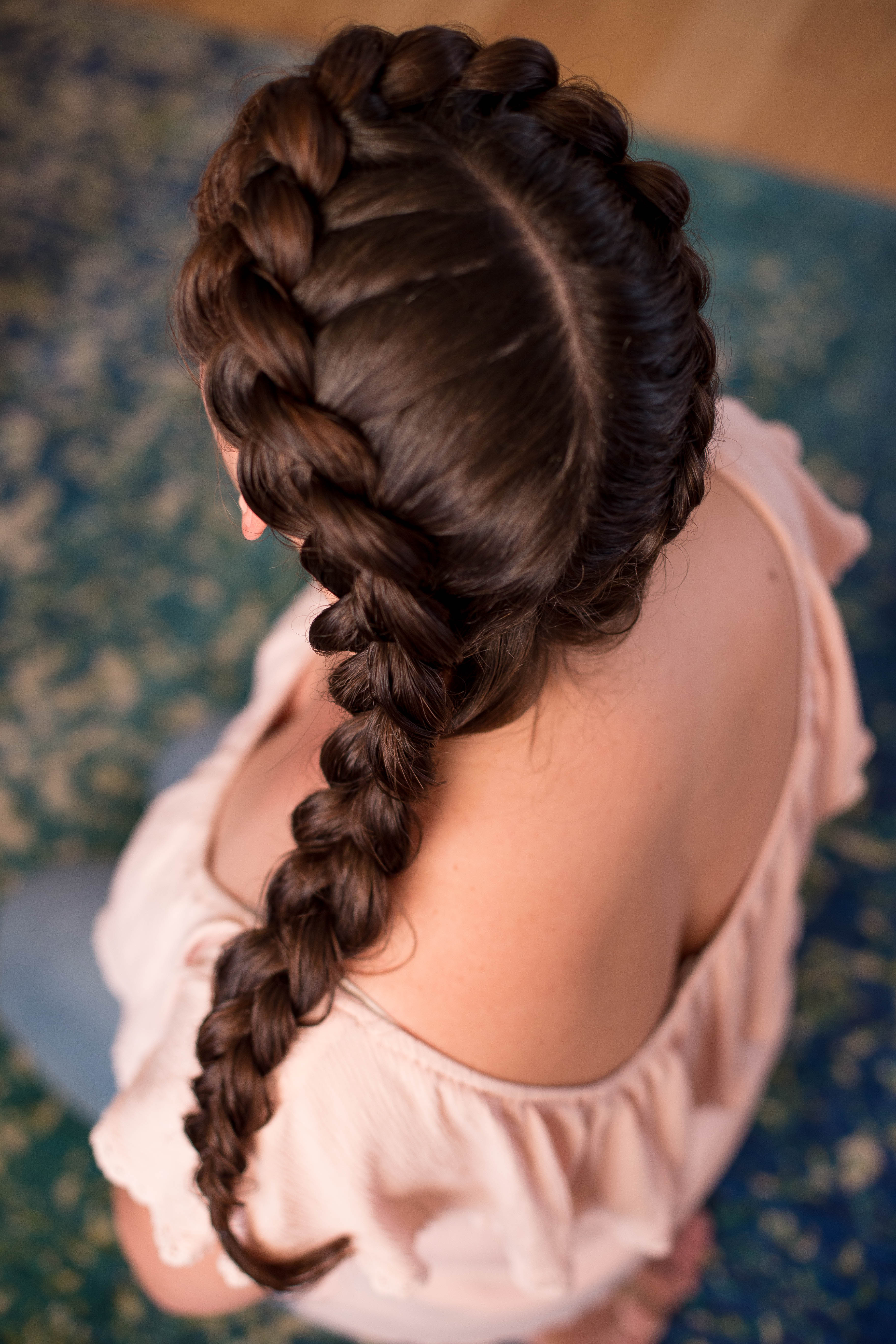
Whether you're looking to rock straight backs, Fulani braids, or the ever-popular Janet Jackson Poetic Justice braids, we've got ideas that will help you achieve your ultimate hair goals. But fear not! We're here to help you navigate it all with some major inspiration spied on celebrities and on Instagram. That's because braids are extremely adaptable, and with a wealth of techniques and traditions to look back on, it should come as little surprise that Black people with naturally Afro-textured hair are embracing and reinventing an important part of our culture.īe it beads, patterns that swoop and swirl around the crown, technicolor ombré hues, or braid styles adorned with thread, cuffs, and butterflies, the options are endless, which can be a bit daunting if you're trying to decide on a look. And classic styles are constantly being reinvented and brought to life with a new-school swag.

Hair braiding, particularly in cultures with a strong African influence, is a tradition that goes back for generations. Starting your braid from this point on the head will help. We're talking about hair that makes you do a double take and then double tap. Start by taking a small section of hair from behind your ear and divide it into three equal strands. Step 13 / Then spray the style with hairspray and smooth down any hair that is sticking out from the braid.Elaborately- braided hairstyles can sometimes take hours to achieve, so of course, you want them to look extra fresh once you finally get out of the salon chair. Starting with a middle part, take a 2 section of hair at the top of the crown of your head and divide it in half horizontally.Step 12 / Now go back over the entire braid and pull on the edges to make it a lot wider and more full.I like to slide mine into the center of the braid, in line with the braid so it stays hidden. Step 11 / Then lay the braid across the top of the head, behind the beginning of the braid, and pin it down with bobby pins.Keep repeating this movement while keeping them close to your head. Twist 1 section clockwise and the other section counterclockwise a few times and then cross them over each other. Split the section of hair into 2 pieces for the rope braid. Step 10 / Once all of the hair is brought into the braid, then switch the hands again and braid the rest of the section to the ends in a regular 3 strand braid. Creating the Side Braids 1 Begin creating a rope braid.This will help minimize the bumps that pop up on one side of the head. Step 9 / Before the braid reaches the right ear, make sure to bring all of the hair into the braid.Again you’re bringing in hair from both the top of the head and the nape of the neck and working towards the right side of the head. Step 8 / Once the braid reaches the left ear, switch hands and continue the braid around the back of the head.Step 7 / Now repeat those steps continuing the dutch braid down to the left ear.Step 6 / Then cross the left strand under the middle and bringing a new section into the braid.Step 5 / Now cross the right strand under the middle strand and pick up a new section of hair crossing it under the middle strand as well.All you need is a comb, two elastic bands, and about 10 minutes. Milkmaid Braids Milkmaid braids are similar to crown braids. This style has been a popular hairstyle for special occasions such as dances and proms. Crown braids are a beautiful style that can be worn dressed up or down for any occasion. It can be done gently to create fullness and protect the hair follicle. Crown braids are three-strand braids that have been stretched out and pinned to create a crown or halo shape. Then cross the left strand under the middle strand. Crown Braid (Milkmaid) True to its name, a crown braid is placed at the top of the head and is an easy way to conceal a thinning or receding hairline. Step 4 / To create a dutch braid, begin by crossing the right strand under the middle strand.


Step 1 / Brush through the hair to remove any tangles.


 0 kommentar(er)
0 kommentar(er)
